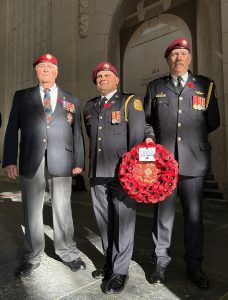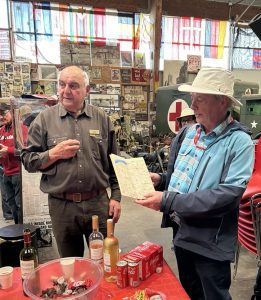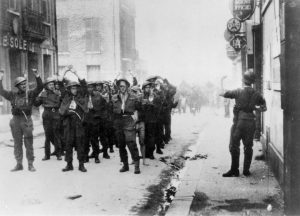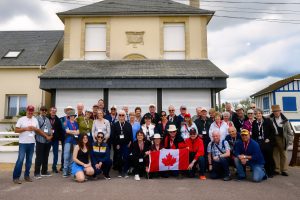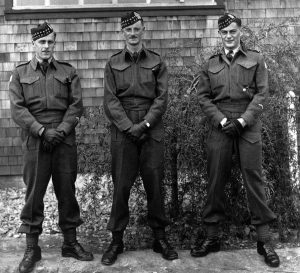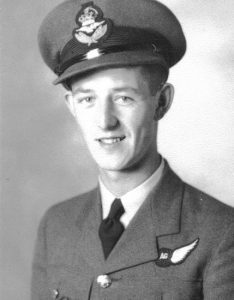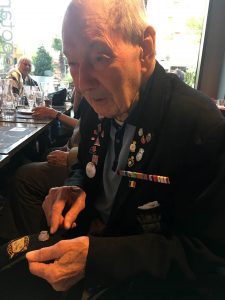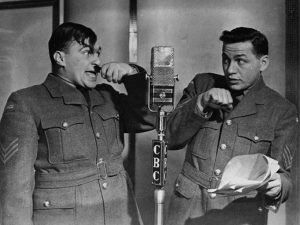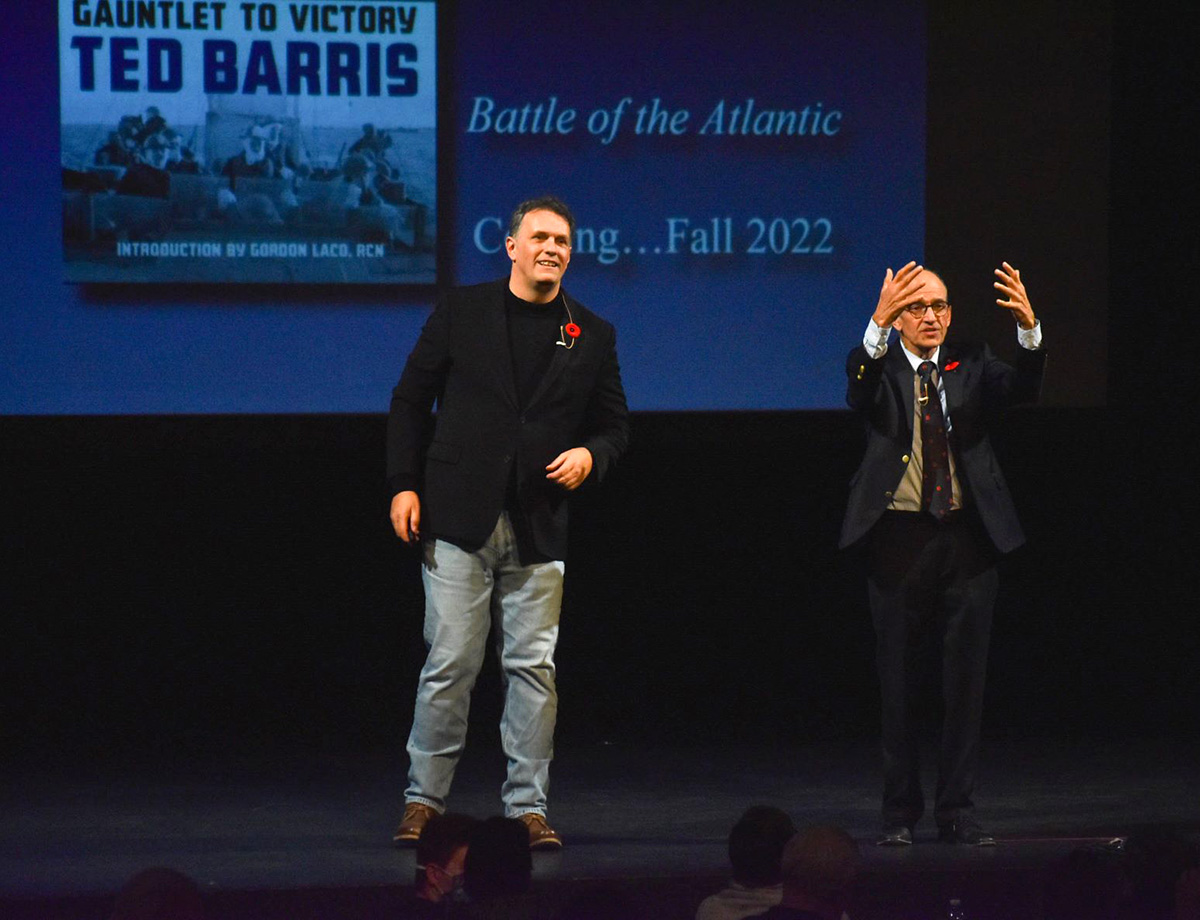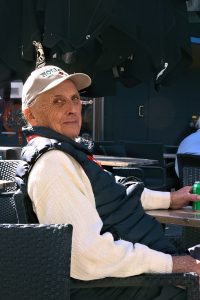
Most of you don’t know the name of the source for my story this week. But all of you know him. If you know someone who spends most of his time on the land, you know him. If that person is also self-made, a bit of a loner, not always outspoken, but remarkably prescient of people and trends, then you know him.
The first time I had a conversation with John Imanse, we were standing outside a tour bus near Amsterdam in 2005. Off to the side, he puffed on his cigarette like there was no tomorrow. Imanse, then 59, was one of over 100 people I was hosting on a tour around the Netherlands celebrating the 60th anniversary of Dutch liberation.
“What made you want to come on this tour? I asked him.
He motioned to the bus driver and said, “So I wouldn’t have to do that!” I wasn’t sure what he meant. “I’m a farmer,” he said. “I’ve always got my hands on the wheel of a tractor. But for the 10 days of this tour, I don’t even have to think about driving.” (more…)
